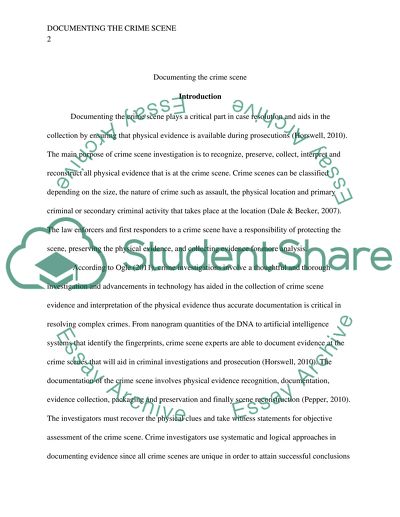Cite this document
(“Documenting the Crime Scene Research Paper Example | Topics and Well Written Essays - 2000 words”, n.d.)
Retrieved de https://studentshare.org/law/1646738-documenting-the-crime-scene
Retrieved de https://studentshare.org/law/1646738-documenting-the-crime-scene
(Documenting the Crime Scene Research Paper Example | Topics and Well Written Essays - 2000 Words)
https://studentshare.org/law/1646738-documenting-the-crime-scene.
https://studentshare.org/law/1646738-documenting-the-crime-scene.
“Documenting the Crime Scene Research Paper Example | Topics and Well Written Essays - 2000 Words”, n.d. https://studentshare.org/law/1646738-documenting-the-crime-scene.


